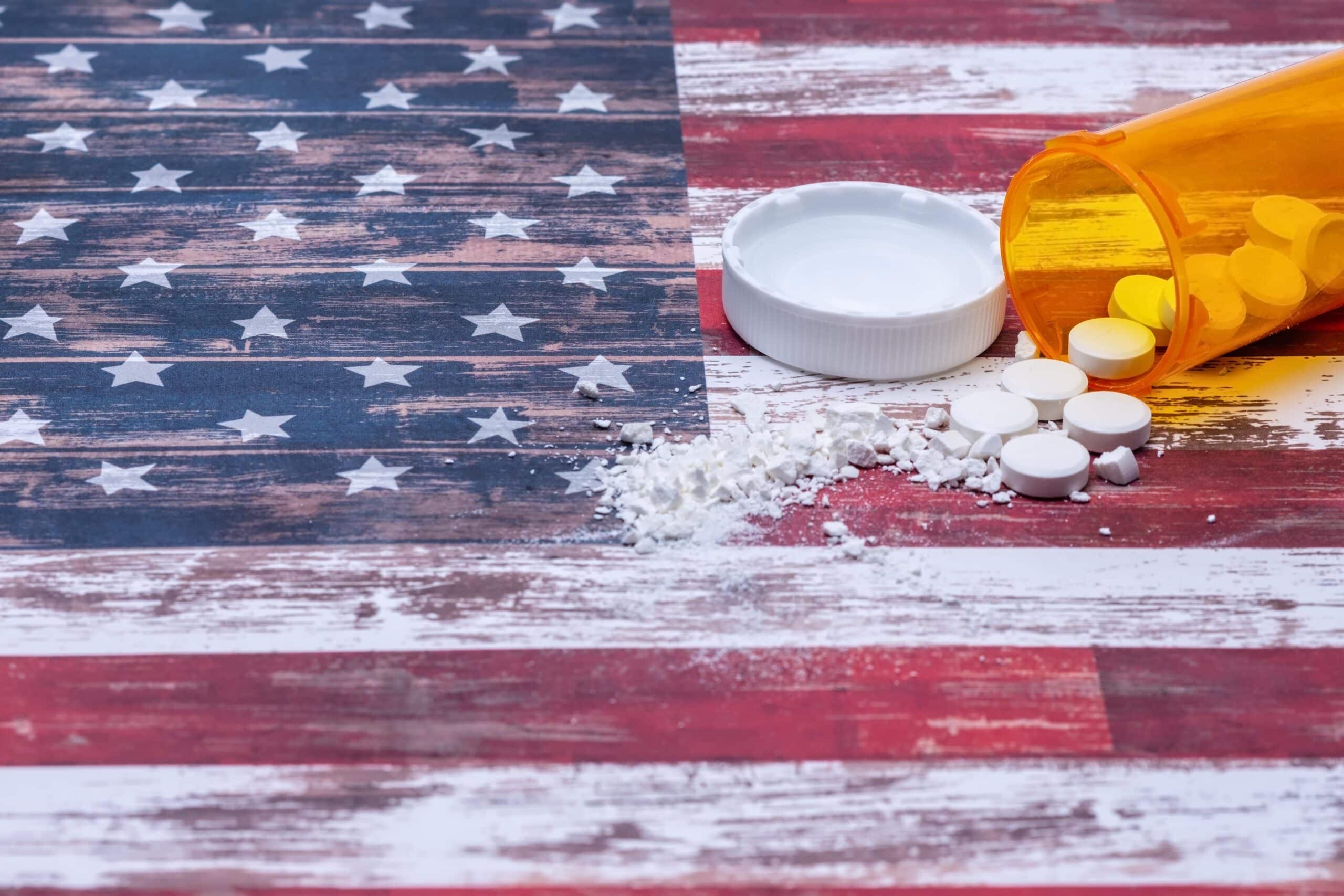
Articles and discussions about substance abuse and addiction in the U.S. often use the term “epidemic” to describe the scope of the problem. Is this an accurate descriptor? Are we actually in the midst of a drug epidemic?
Considering how often the term “drug epidemic” is used, it may surprise you to discover that there aren’t any formal, universally agreed-upon standards for determining when, exactly, a nation’s rate of drug use crosses the line from problematic to epidemic.
Even in the public health realm, where the term epidemic is much more commonly applied, there’s no predetermined threshold for declaring an epidemic.
For example, the U.S. Centers for Disease Control and Prevention (CDC), defines an epidemic as “the occurrence of more cases of disease than expected in a given area or among a specific group of people over a particular period of time.”
So, what does it mean when people say that the United States is in the midst of a drug epidemic? Generally speaking, it means that things are bad, and they appear to be getting worse.
Our nation’s current drug epidemic involves the misuse of both legal and illicit substances. Here’s a statistical snapshot of how many Americans have abused and become addicted to two dangerous drugs, alcohol and opioids:
The impact of the nation’s drug epidemic can be assessed by several statistics, including the annual number of overdose deaths as reported by the National Institute on Drug Abuse (NIDA):
To solve a complex problem like the U.S. drug epidemic, it can be valuable to identify what caused it and when it began. Unfortunately, there are no clear answers to these questions:
If there’s one point that many experts seem to agree on, it’s that the current phase in this public health crisis can be traced to the mid-1990s, when the use of opioid-based prescription painkillers began to increase dramatically.
One of the reasons why the drug epidemic seems to be getting worse is that metrics such as annual overdose deaths have been trending in the wrong direction for more than 20 years. But facts alone aren’t always enough to sway public sentiment.
Here are a few additional reasons why people may think that our nation’s drug problems are worsening:
Addictions are chronic, progressive diseases. They are not character flaws or evidence of poor self-control. Once someone has developed a substance use disorder (which is the clinical term for addiction) they may need professional care to regain control of their behaviors and live a healthier life in recovery.
If someone that you care about has become addicted to alcohol or another drug, here are a few ways you can help:
Los Angeles Detox is a trusted provider of customized care for adults who have become dependent on alcohol, opioids, and other addictive substances.
When you choose LA Detox, you can rest assured that you will work in close collaboration with a team of highly skilled and compassionate professionals. We understand that addiction impacts different people in different ways, and we are committed to providing you with a truly personalized experience that reflects your unique history, needs, and goals.
To learn more about addiction treatment in Los Angeles, or to schedule a free assessment, please visit our Contact page or call us today.
How long does cocaine stay in your system – and why do some people test…
It’s a sweet, syrupy mixture that has been celebrated in rap music for decades. But…
Meaningful discussions of LGBTQ+ and addiction must address the unique challenges faced by members of…
Alcohol abuse can put a person at risk for a broad scope of serious health…
In certain circumstances, stimulants such as dextroamphetamine and Adderall can help a person experience improved…
SMART Recovery is an alternative to AA and NA for people who are looking for…
This website uses cookies.